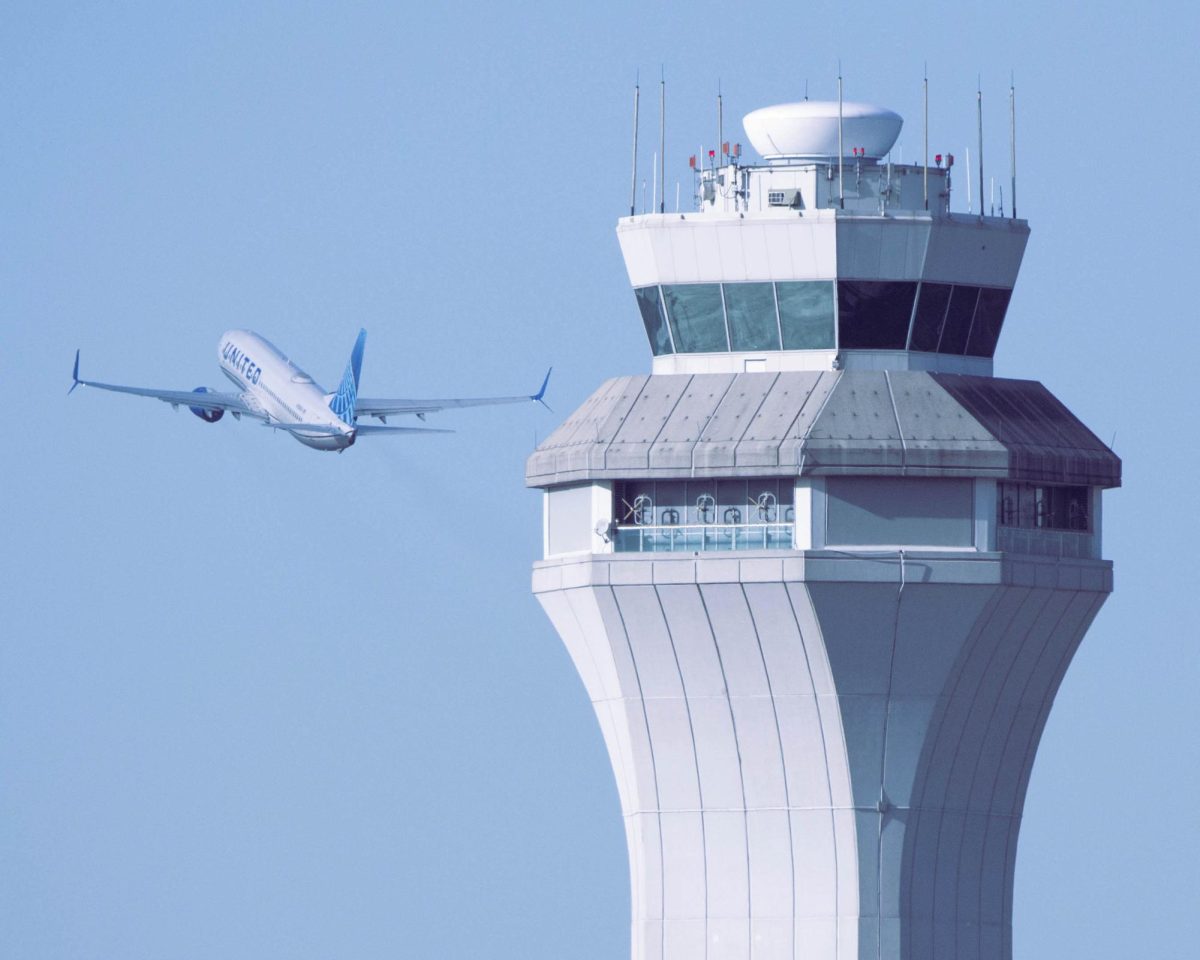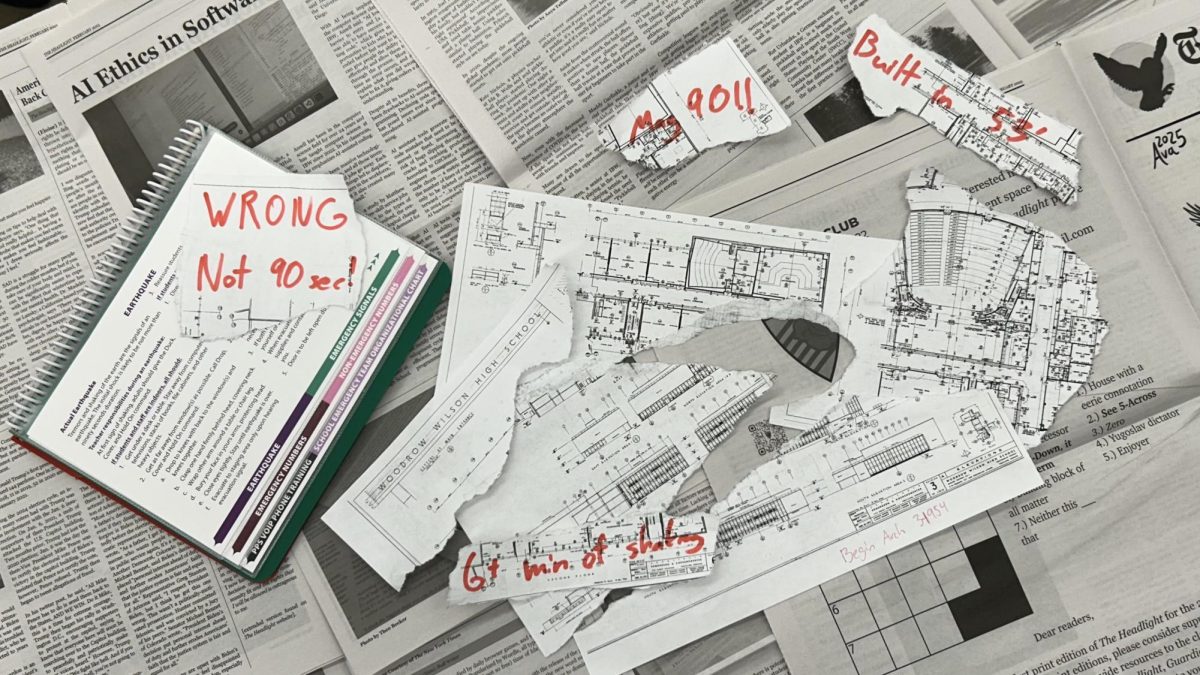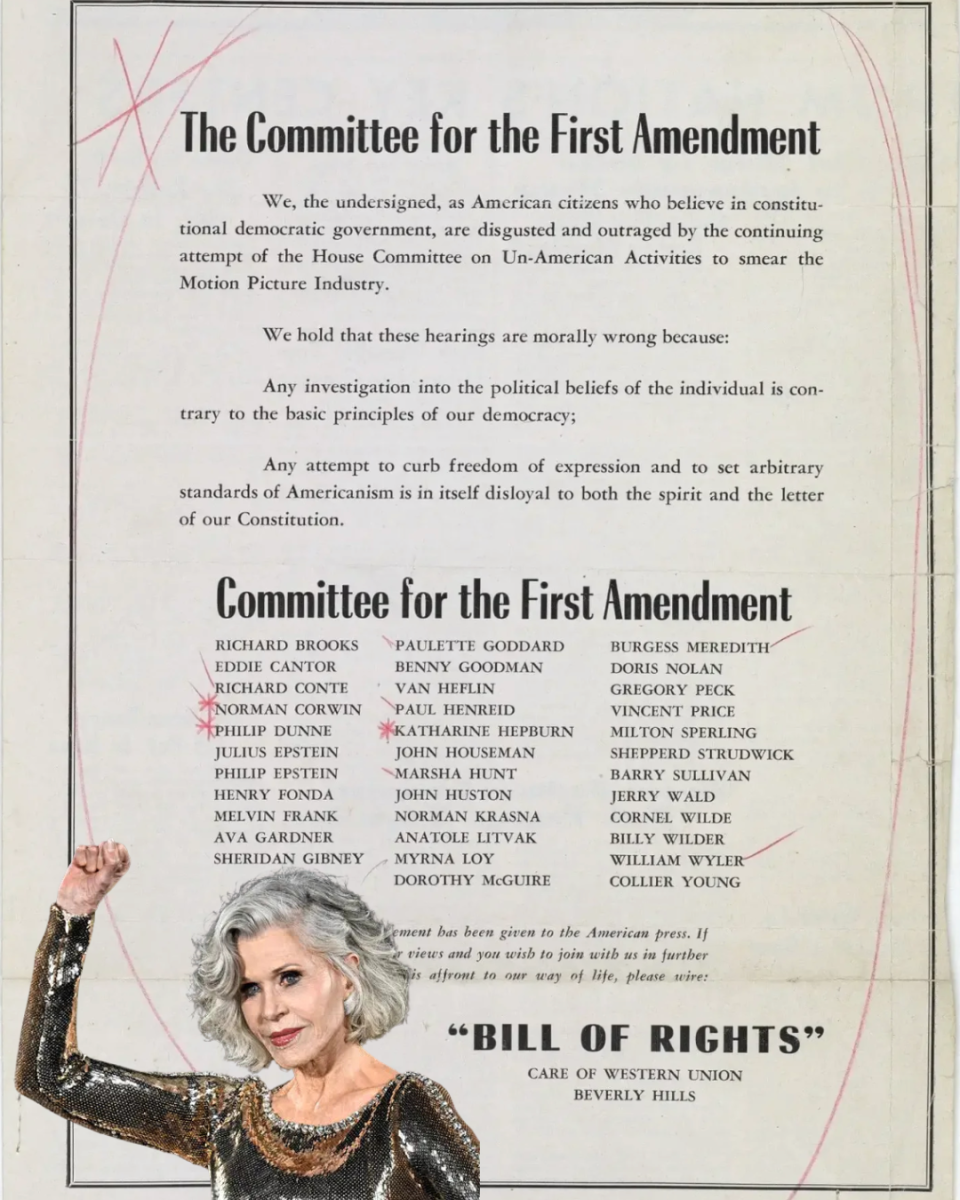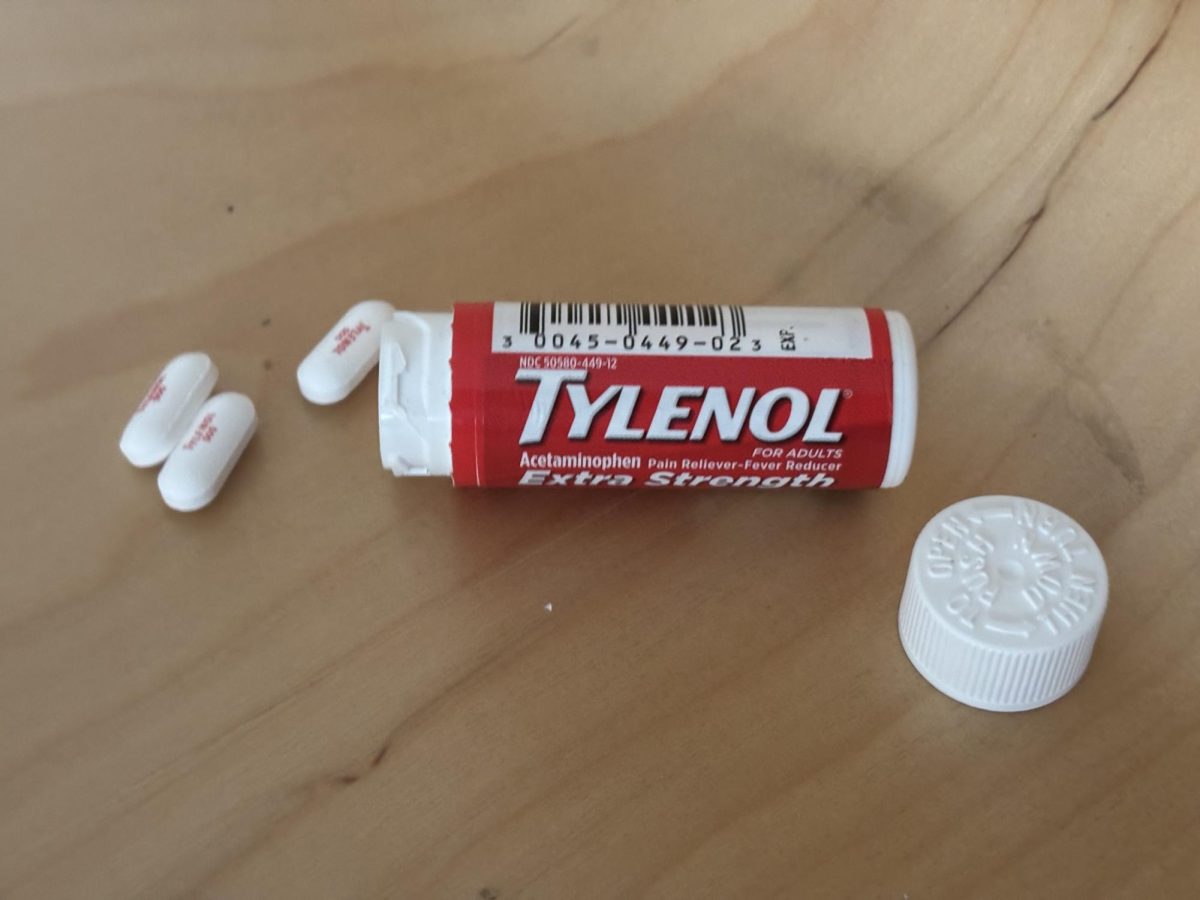“Any reference in a law, map, regulation, document, paper, or other record of the United States to Greenland shall be deemed to be a reference to “’Red, White, and Blueland.”
This is an excerpt from a bill introduced by Rep. Buddy Carter, R-Georgia. If passed, the bill will allow President Donald Trump to assume control of Greenland and rename it. Yes, that’s right. President Trump wants to call Greenland “Red, White, and Blueland.”
Since this bill was initiated, Greenland natives and government officials have pushed back, declaring that Greenland is independent. “Kalaallit Nunaat is ours,” wrote Greenland’s Prime Minister Múte Bourup Egede on Facebook, using the native term for the country. “We are not for sale and cannot simply be taken. Our future will be decided by us in Greenland.”
Qooqu Berthelsen, a 23-year-old fisher and hunter in Greenland, voiced his thoughts too. “Greenlanders don’t want to be Danish. Greenlanders don’t want to be American. Greenland is not for sale,” he told TIME.com.
Trump claims that his desire for Greenland is attributed to its mineral-rich land and that he needs these materials for “national security.” It holds a variety of natural resources, such as gold, copper and oil.
“I think we’re going to get it, one way or another,” Trump said during his speech addressing Congress on March 4, 2025.
Despite Trump’s repeated declarations of a “national energy emergency,” according to NPR and the New York Times, there is no energy shortage in the United States.
“The U.S. is not currently facing a fuel shortage,” according to NPR.
The New York Times agrees. “The United States is producing more oil than any other nation in history, and is also the world’s biggest exporter of natural gas.”
In truth, Trump’s determination for Greenland is only part of his larger expansionist plans. Since his inauguration, he has been clear about his intentions for the country. From trying to retake the Panama Canal to renaming the Gulf of Mexico “the Gulf of America” to placing tariffs on Mexico and Canada’s products, it’s clear that Trump has focused on asserting dominance in the first months of his presidency.
On March 5, 2025, Trump placed tariffs on products imported from Mexico, Canada, and China, “with no clear rationale,” according to the New York Times. Tariffs are taxes placed on marketing goods coming in from other countries. When tariffs are put on countries without explicit reasoning, it could create what is known as a trade war — countries taxing each other over and over in response to one another.
This is a huge concern of many, and Trump’s actions have triggered it. Canada responded to his tariffs by placing some of their own on over $20 billion worth of American products. On March 21, 2025, they will slap on an additional $125 billion worth of tariffs. Trump has said he will continue to increase his tariffs along with Canada’s.
“What he wants is to see a total collapse of the Canadian economy, because that’ll make it easier to annex us,” said Canada’s Prime Minister Justin Trudeau during a news conference on March 4, 2025. “That’s never going to happen. We will never be the 51st state.”
China has also imposed tariffs in response: an added 10 to 15 percent tax on American imports. These came into effect on March 10, 2025.
With a 10 percent tax on Chinese goods and a 25 percent tax on goods imported from Canada and Mexico, American tariffs are at their highest since 1943, according to Yale’s budget lab.
Here’s the thing: Trump’s actions are destabilizing the American economy and putting the American people in serious jeopardy. Days after the trade war began, the global stock market plunged into distress due to the high costs of imported products. Prices for essentials, such as gas, lumber and groceries, may skyrocket, making it hard for an average American family to afford necessities.
In the next few months, it remains to be seen how President Trump’s policies will impact the American people, as well as the rest of the world.















